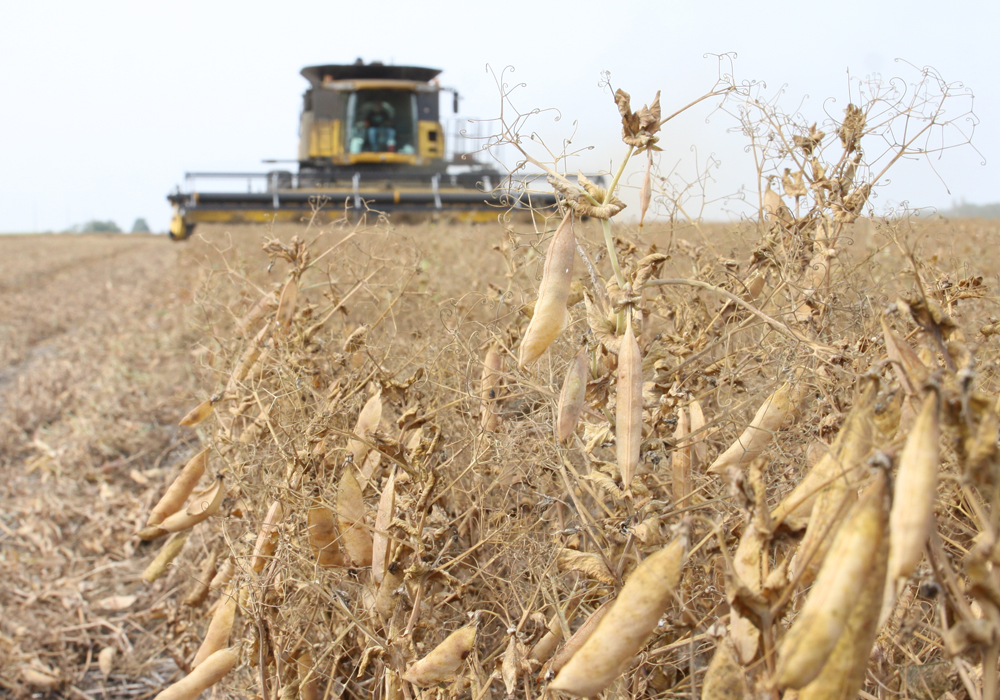WINNIPEG,(MarketsFarm) – There has been a marked decline in the amount of pulses grown by farmers in Ukraine over the last couple of years. The changes were highlighted in an article written for the Global Pulse Confederation by Sergey Feofilov, director general of UkrAgroConsult.
Feofilov noted total pulse production in Ukraine dropped almost 25.9 percent from 2018 to 2019, falling to 707,200 tonnes. Also coupled with that was the amount of planted area fell 38.1 percent to a little under 865,000 acres.
He said sharp price increases for seed, plant protection products and fuel, which are largely imported, influenced the declines. Also, the Ukraine hryvnia lost ground to other world currencies, which made buying those and other imports more expensive.
Read Also

August rain welcome, but offered limited relief
Increased precipitation in August aids farmers prior to harvest in southern prairies of Canada.
Another serious issue was the poor exports following 2017’s crop. Feofilov said that 37 percent of the peas were exported that year, which was far below expectations and has essentially turned off farmers.
All of these combined to reduce the profitability of pulses, especially yellow peas, the country’s top pulse crop.
At 570,000 tonnes, yellow peas accounted for more than 80 percent of pulses grown in Ukraine. Between 2018 and 2019, its production fell almost 26.5 per cent. Furthermore, compared to 2017, production dropped 52.0 per cent.
A notable exception to Ukraine’s pulse production has been dry beans, which were down by only 2.7 percent from 2018 to 2019. Also, the 69,300 tonnes grown in 2019 exceeded the 64,400 tonnes produced in 2017.
One saving grace for Ukraine pulses, according to Feofilov, has been the country’s export agreement with the European Union. Between 2018 and 2019, exports to the EU jumped from 37 to 58 per cent. Also, exports to India improved from 11 to 15 per cent. Nevertheless, Ukraine’s share of global pulse production slipped from six to four per cent during the same time frame.















